Subaru GC Impreza WRX: Bourne To Be Wild!

The first generation of Subaru’s WRX, which built a fanatical following through global rallying success between 1992 and 2001, has rightfully earned its place as one of Japan’s – and indeed automotive history’s - greatest mass produced high performance sedans. And its unprecedented success in Australian rallying was largely due to one man – a flying Kiwi by the name of Possum Bourne.
His birth name was Peter Raymond George Bourne but he earned the nickname ‘Possum’ after crashing his mother’s car when trying to avoid a possum stranded in the middle of the road. The unusual nickname stuck and became one of many intriguing features of his colourful public profile.
Between 1996 and 2001, Bourne won the Australian Rally Championship a record six times in succession, driving Group A and WRC (World Rally Car) GC Impreza WRXs backed by Subaru Australia and prepared by his own Possum Bourne Motorsport facility in New Zealand (he added a seventh title in 2002 aboard a second generation Group N WRX).

Prior to the Impreza’s arrival, Bourne already had a long association with the Subaru marque starting in the early 1980s in NZ with a turbocharged version of the Leone called the RX, in which he claimed third in the 1988 Asia-Pacific Rally Championship.
The 1990s saw a switch to the Legacy RS (Liberty RS in Australia) and preparation by the newly established Possum Bourne Motorsport. Between 1990 and 1994 Bourne secured a New Zealand Rally Championship (1991), two Asia-Pacific Rally Championships (1993-94) and two thirds in the Australian Rally Championship (1992-93). He also had occasional drives for the Subaru World Rally Team during this period.
It was in the smaller, lighter and faster Group A-spec Impreza WRX in 1996 that saw Possum Bourne’s career and personal popularity reach new heights in Australia, New Zealand and the Asia-Pacific region.
However, before we expand on Bourne’s remarkable career with the first generation WRX, we firstly need to understand the history of Impreza development on the World Rally Championship stage, which laid the foundation for the Kiwi’s stunning success.

A long way to the top
Subaru’s involvement in the World Rally Championship started in 1980 with the factory’s in-house Subaru Rally Team Japan under Noriyuki Koseki, who in 1988 would help establish Subaru’s own high performance tuning and motor sport division, Subaru Tecnica International (STi). Those three letters would grow in significance - and reverence - in the years to come.
Armed with its factory-prepared Group A Leones, Subaru chose international rallying as the best way to showcase the traction advantages of its symmetrical all-wheel drive technology. SRTJ could not have chosen a tougher event in which to make its WRC debut than the 1980 African Safari Rally!
The factory team (which did not compete in the ferocious Group B division) only competed in selected WRC events throughout the 1980s, yet attracted some quality international driving talent including Ari Vatanen, Shekhar Mehta - and Possum Bourne.
Even at that stage, Bourne showed glimpses of his potential by delivering Subaru’s best WRC result and only podium finish when he finished third in the 1987 Rally New Zealand. By this stage the WRC had moved to Group A as its premier division, following the axing of the wild Group B cars the previous year.

With the establishment of STi in 1988, president Ryuichiro Kuze decided that competition development of Subaru’s rally cars would be accelerated by engaging the services of an established motor sport tuning firm. In 1989 he found what he was looking for in UK specialist Prodrive, under charismatic team principal David Richards.
The British and Japanese teams soon merged into one Prodrive-managed operation under the Subaru World Rally Team banner. With Prodrive’s takeover, the factory team base also moved from Japan to the UK, while maintaining a close involvement with STi.
In 1990 Subaru’s first Prodrive-developed car, the Group A Legacy RS (based on the Legacy road car) made its WRC debut. With its symmetrical all-wheel drive system and a low centre of gravity courtesy of a 2.0 litre horizontally-opposed ‘boxer’ engine, the Legacy RS showcased the fundamental strengths of Subaru’s engineering that would excel in its future Impreza-based forest racer.
The new car’s progress was initially hampered by engine, transmission and brake issues, but they were methodically cured which included development of a new fuel injection system. Scotland’s Colin McRae won back to back British Rally Championships in 1991-92.

The Legacy RS claimed its first and only WRC win in 1993, which was also fittingly its last WRC event as it was replaced mid-season by Subaru’s new Impreza model. 1993 was also when the works team revealed its new big dollar sponsor in British American Tobacco and its State Express 555 cigarette brand, featuring a distinctive blue and yellow livery which became synonymous with Subaru.
The Impreza was, crucially, smaller and lighter than the Legacy with a 60mm shorter wheelbase and 160mm reduction in overall length. The Impreza also had more favourable front-to-rear weight distribution.
Under Group A rules, Subaru (like all manufacturers) had to produce road-legal versions of their rally car to meet homologation requirements. This resulted in the Impreza WRX (World Rally eXperimental) which with its potent turbocharged 2.0 litre boxer engine and all-wheel drive traction was destined to become a performance car legend (and favourite getaway car for bank robbers).
Prodrive’s new Group A Impreza, which was called the Impreza 555 or WRX 555 in honour of its lucrative sponsor, featured the latest ‘active’ diff technology when it made its WRC debut in the 1993 Rally Finland. Finnish star Ari Vatanen gave the new car an impressive debut on home soil, leading the event at one stage on his way to second place.

Possum Bourne joined the team for Rally New Zealand and Rally Australia, further proof of how highly regarded he was at world championship level. Subaru finished third overall in the Manufacturers Championship.
In 1994 world champion Carlos Sainz and co-driver Luis Moya joined the Subaru team and scored the WRX 555’s first WRC victory in the tough Acropolis Rally in Greece. This opened the floodgates for the Group A Impreza, which won the WRC Manufacturers’ Championship and Drivers’ Championship (Colin McRae) in 1995 followed by a second manufacturer crown in 1996.
The WRC saw significant change in 1997, when the FIA sought to replace Group A with a new formula called World Rally Car (Group A cars were still eligible though). The new rulebook allowed much greater freedoms for engines and ancillaries, chassis and suspension design, increases in body and track widths, improved aerodynamics and greater use of exotic lightweight materials.
The result of Prodrive’s and STi’s combined effort was the WRC97, based on the GC Impreza but with a wider and lighter body (only two doors this time), redesigned engine and suspension. Power output from the turbocharged boxer four was a claimed 300bhp at 5500rpm, which propelled it to Subaru’s third WRC manufacturers’ title in its debut season.

The WRC98 and WRC99 Imprezas became increasingly sophisticated, with computer controlled active diffs (front/centre/rear), electronic fly-by-wire throttles and F1-style semi-automatic transmissions with steering wheel-mounted paddle shifters. The WRC2000, the result of 10 months' development during which more than 80 per cent of its mechanical components and electronics were redesigned, won on debut in the fourth WRC round in Portugal.
However, it was also the end of a long road for the venerable first generation GC Impreza which in 2001 was replaced with the second generation GD model that claimed two more world driver’s championships in 2001 and 2003 before Subaru withdrew from the WRC in 2008.
So, in eight World Rally Championship seasons from 1993 to 2000, the original GC Impreza evolved from a Group A car to a World Rally Car and delivered three Manufacturers’ Championships and one Drivers’ Championship. It was these two incredible cars which also played starring roles in Subaru’s dominance of the Australian Rally Championship.

ARC 1996-2001: The Subaru vs Toyota Factory Wars
Possum Bourne, co-driver Craig Vincent and the Possum Bourne Motorsport-prepared Group A WRX 555, with the enthusiastic support of Subaru Australia and STi, became a dominant force in local rallying winning the Australian Rally Championship (ARC) three years in a row between 1996 and 1998.
A switch to the latest WRC Impreza saw the Bourne/Subaru dominance continue, winning three more consecutive ARC titles with Vincent (1999 and 2001) and Queensland pace-noter Mark Stacey (2000). Bourne also won his third hotly contested Asia-Pacific Rally Championship that year.
For 2002 the ARC switched to Group N rules for its premier division, catering for cars much closer to road car specifications. It was also the end of the road for the first generation GC Impreza which was replaced by the latest second generation GD model.
Throughout those six ARC seasons Bourne faced fierce competition from Neal Bates, co-driver Coral Taylor and their Neal Bates Motorsport-prepared Toyotas.

Prior to the 1996 season, the factory-backed GT-Four had scored a hat-trick of championships between 1993 and 1995. Admittedly, during that time Bourne and Subaru were focused on the Asia-Pacific Rally Championship, winning two titles with the larger, heavier Legacy/Liberty RS models.
However, after Subaru Australia boss Nick Senior signed off on a new ARC campaign in 1996, Bates and Taylor in their venerable Celica were outclassed by Bourne’s WRX 555. A switch to the latest WRC Corolla in 1997 failed to curb Subaru’s growing dominance and only became harder when Bourne switched to a WRC Impreza in 1999
The sobering fact is that during those years of Bourne-Subaru dominance, Bates and Toyota finished runner-up in five of those six seasons. Motoring journalist Jon Thomson, who provided ARC coverage for both print and electronic media, said the rivalry between Subaru and Toyota had the same intensity as the revered Ford vs Datsun ARC clashes of the late 1970s.
“Probably more so, because it went on for much longer,” he told Shannons Club. “It was very much a factory war and both sides were seriously committed to winning. They were competing in genuine European works cars which represented sizeable financial commitments by both sides.

“A major thing in Subaru’s favour was that TTE (Toyota Team Europe) ended its WRC Corolla program in 1999. You’re talking about close to a million dollar investment by Toyota Australia in that car so they had to keep trying to make it work through local development, they had no alternative. Possum, though, continued to benefit from the latest Prodrive tweaks, as the WRC Impreza program continued at full steam.”
Bourne’s Group A WRX 555 and WRC98 Imprezas were Prodrive-built cars prepared and run out of his thriving Possum Bourne Motorsport workshops in Pukekohe near Auckland. On numerous occasions, Bourne would fly his car back to NZ for a quick rebuild and/or technical updates to ensure it was always delivering peak performance.
While there’s no doubting Bourne’s sublime driving talent and his relentless ‘never give up’ approach, Thomson concedes that a factor in Bourne’s success was his uncanny good fortune at critical times.
“He had unbelievably good luck in rallies and he often acknowledged it and was grateful for it,” Thomson recalled. “When Neal (Bates) had bad luck, like a puncture or whatever, it always seemed to be at the worst possible time in the middle of a stage, whereas Possum’s problems always seemed to happen at the end of a stage.

“For example, I remember an incident in Queensland when he literally ran out of fuel at the end of a stage and it was a 15-20km transport stage back to the service park. You weren’t allowed to get outside (service crew) assistance of course, but there was a local farmer living nearby who just happened to have a race car in his shed and some racing fuel in a drum which was left nearby!”
It was therefore ironic that Bourne’s tragic death in 2003 occurred while driving his personal car, a Subaru Forester, on a public road in non-competitive circumstances. He was 47, quite advanced years for a top flight rally driver, yet he still appeared to have lost none of his natural speed or insatiable will to win.
Bourne’s phenomenal success in Australia and the Asia-Pacific region with Subaru prompts obvious comparisons with the WRC top guns of the era like Makinen, McRae, Sainz and Auriol. However, Thomson points out that any fair comparison must take into account the different circumstances under which they competed and the need for local stars to always keep a little in reserve.

“Those top WRC guys also used to crash cars and I remember Ove Andersson (TTE manager) telling me that in Europe they just had to crash. He said drivers were expected to stretch the envelope, to go beyond the car’s limit and then back off a bit, so crashing was an integral part of that process.
“I think Possum and Neal could have held their own on the world championship stage at that time, but in Australia we didn’t have the budgets to allow them to crash their cars. They were literally million dollar machines and if they wrote one off it would have been disastrous, so I think you have to keep those relatively limited resources in mind in any comparison with the top world championship drivers.
“Overall, I would also have to say that the Subaru Imprezas, both the Group A and WRC cars, were technically superior to the Toyotas; they really were such a formidable package at the time. Their proportions, their balance, the engine performance, the driveline performance, everything was just right.”



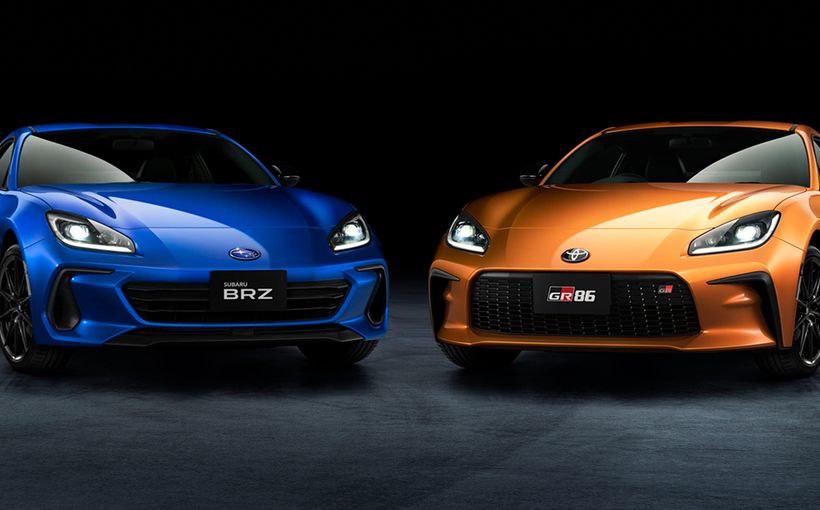
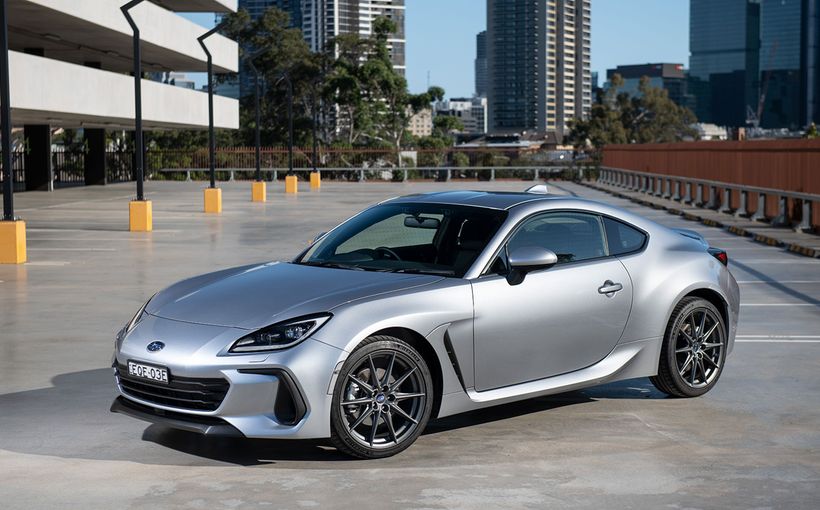
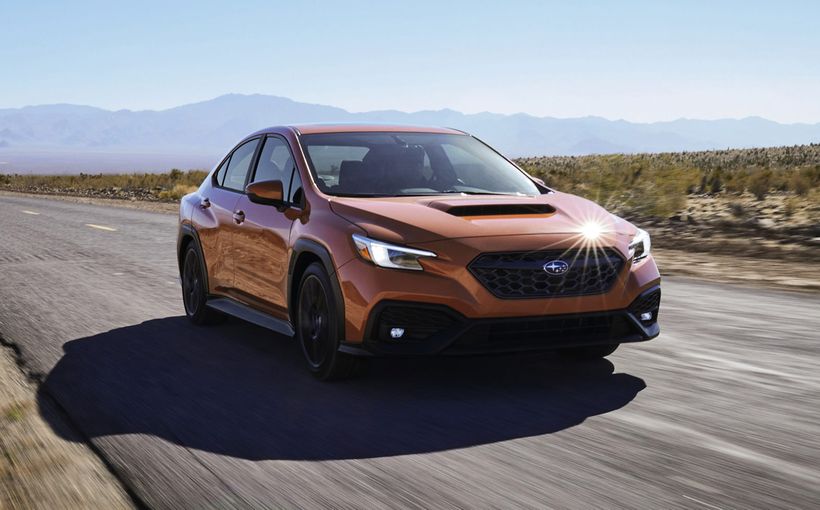
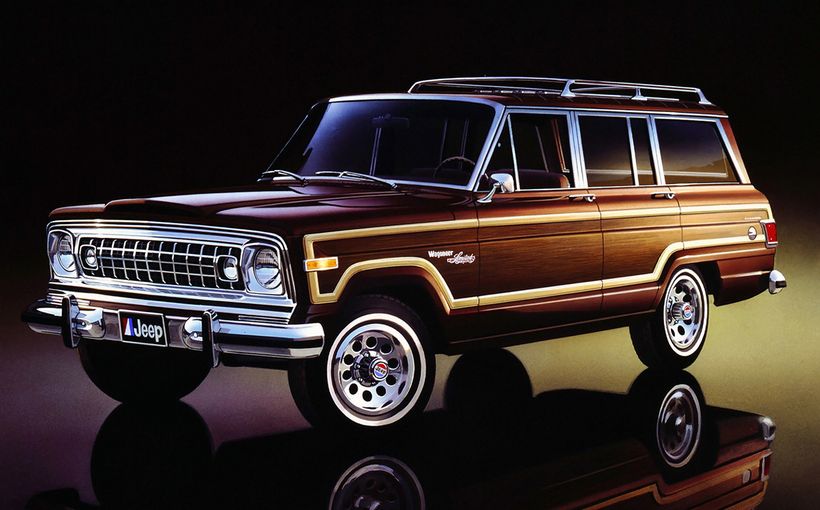
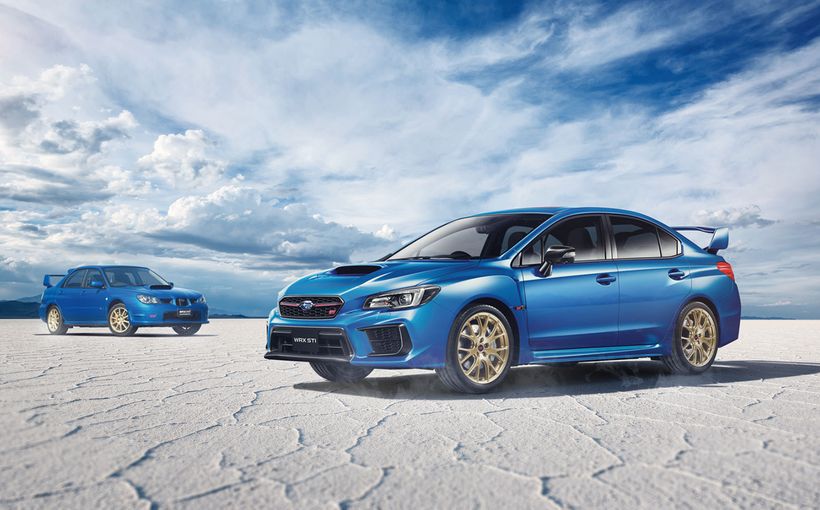
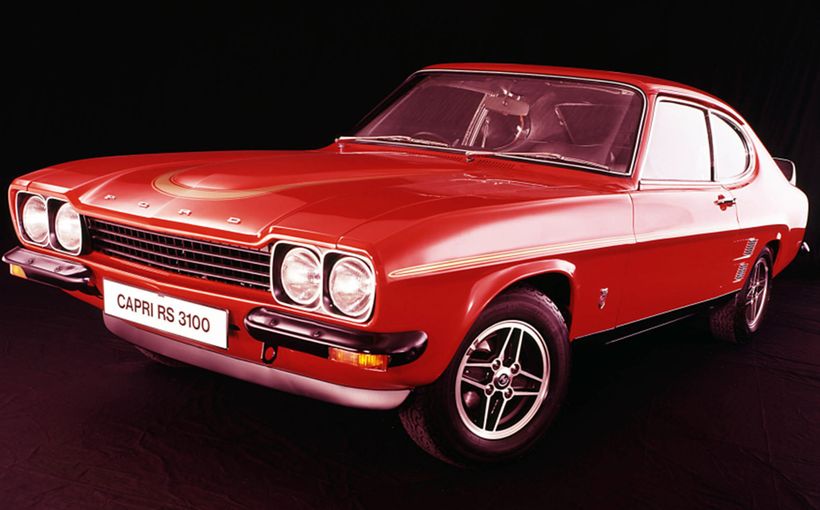

Comments
HiPo63
🚘🚙🚗🚘🚙🚗🚘
Ford Enthusiast ... Awesome EL XR6
if at all possible I'd really appreciate if you can take a minute to give my
Hi-Po Fairlane Sports Coupe a VOTE
https://www.shannons.com.au/club/show-n-...